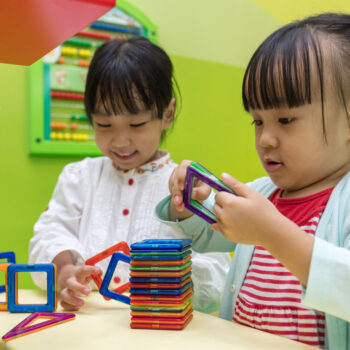Welcome to the “Let’s Talk Quality” blog feature where we spotlight a member of the Pennsylvania Program Quality Assessment (PQA) Team each month. Have fun getting to know our team!
What is it about the education field that makes acronyms so appealing? We sprinkle our conversations, our writing, our planning, and our research with a heaping spoonful of DAP, ECE, CDA, OCDEL, CQI, and more.
Welcome to the “Let’s Talk Quality” blog feature where we spotlight a member of the Pennsylvania Program Quality Assessment (PQA) Team each month. Have fun getting to know our team! Angie Marshall Allegheny County antmar@pakeys.org
By Angie Marshall Do you sometimes feel exhausted at the end of the day because of the conflicts that are occurring in your classroom? Do the children in your classroom need a lot of support
By Lisa Mulliken Look around any infant or toddler classroom, and you will usually see a variety of equipment used to “contain” infants in sitting, standing, or back-lying positions. Containment equipment includes any device that
By Leah Zabari (assisted with ChatGPT) Teaching conflict resolution to toddlers involves a mix of direct instruction and modeling behavior. Here are some strategies that can help: Model Calm Behavior: Children learn a lot by
Barbara Bredell-Searle As I am writing this self-care topic on “Rest.” I cannot help myself from smiling and thinking about one of my neighbors who we called Grandma. Grandma would sit on her porch when
Regina Wright Living a healthy life isn’t just about what you eat. Of course, eating healthy foods are important and exercise builds endurance and eliminates excess weight. As educators we tend to be nurturing and
Welcome to a new year of our blog feature "Assessor Spotlight" where we spotlight a member of the Pennsylvania Program Quality Assessment (PQA) Team each month. We hope you have fun getting to know our







